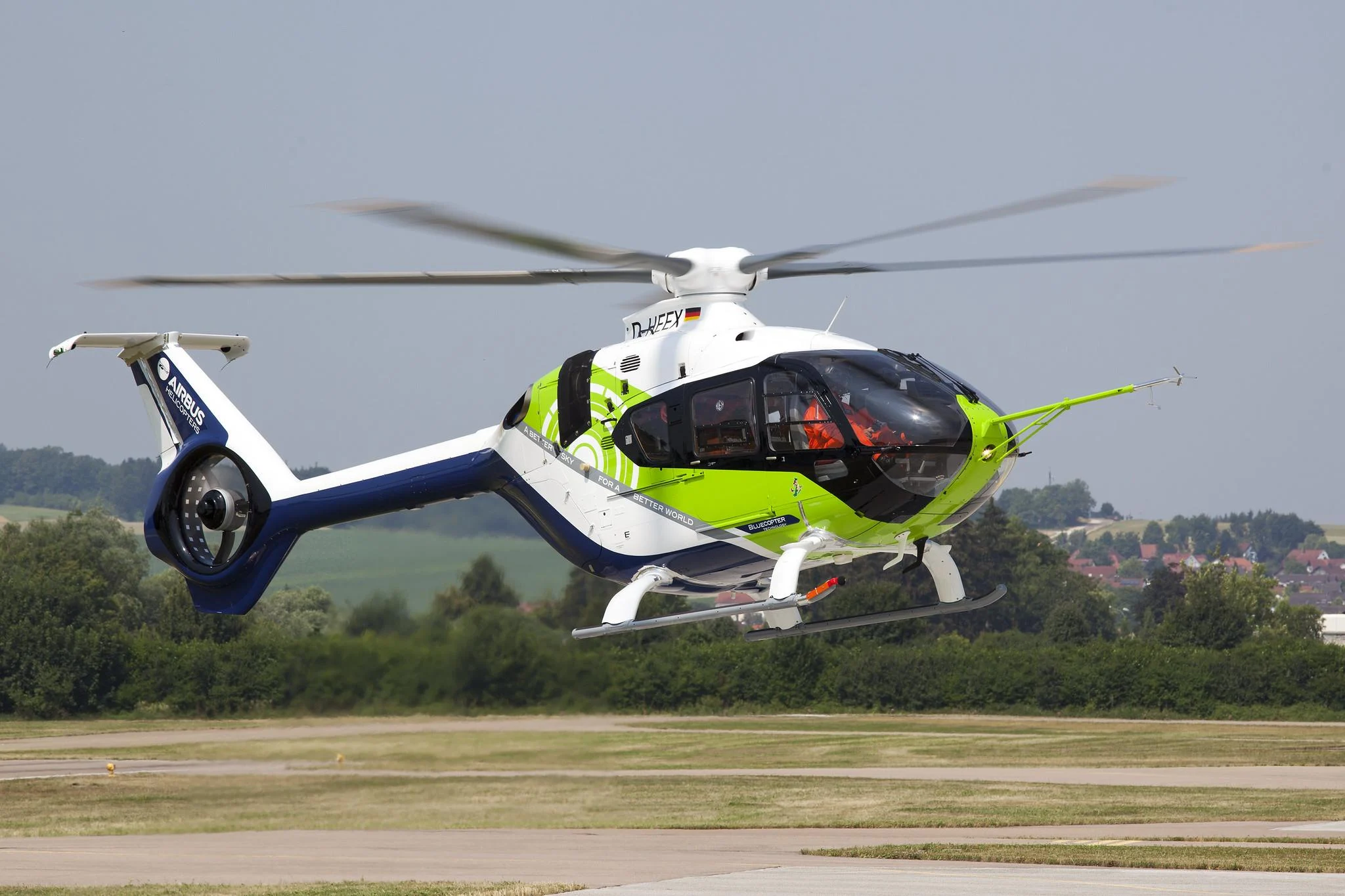
The new configuration bears strong similarities to the H135 Bluecopter testbed seen here flying at Donauworth in 2015.
Credit: Tony Osborne/Aviation Week
Airbus Helicopters says it is testing a new architecture for its H135 twin-engine light helicopter after images emerged of one of the company’s aircraft in a new configuration. Pictures taken from outside the company’s facility in Donauworth, Germany, and first published by the helicopter website...
Subscription Required
This content requires a subscription to one of the Aviation Week Intelligence Network (AWIN) bundles.
Schedule a demo today to find out how you can access this content and similar content related to your area of the global aviation industry.
Already an AWIN subscriber? Login
Did you know? Aviation Week has won top honors multiple times in the Jesse H. Neal National Business Journalism Awards, the business-to-business media equivalent of the Pulitzer Prizes.





